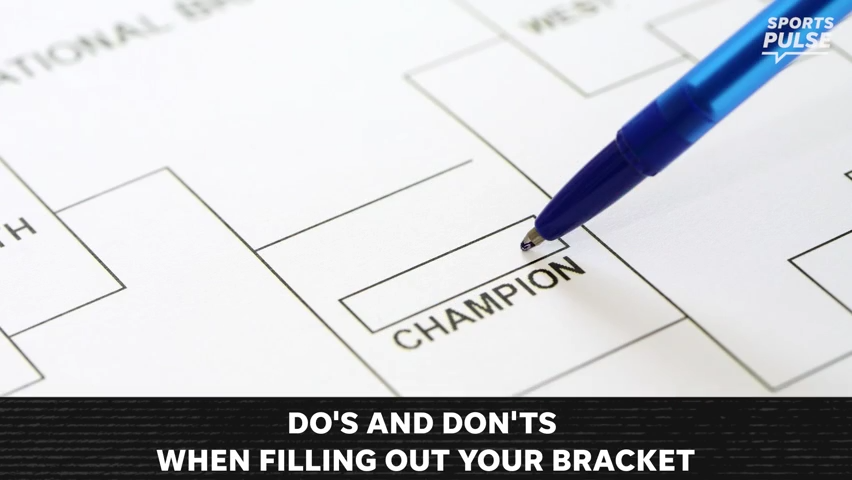It's time the NCAA helps basketball players earn marketable college degrees
The NCAA has a moral obligation to value the players who help generate that $1 billion in revenue each year by offering them a chance to get a marketable degree.

- March Madness and the NCAA basketball men's and women's tournaments will take over for weeks
- How can we expect college basketball players to earn a marketable degree when they are flat worn out
- The NCAA should adopt a 10-year scholarship plan
It's the biggest time of the year for college basketball, as March Madness and the NCAA basketball men's and women's tournaments will captivate viewers across the world for a few weeks. All told, the NCAA will rake in about $1 billion in revenue from the games. It’s the Big Show.
After the last buzzer sounds and the confetti is swept up, what happens to the players who have played their last college game? The NBA draft includes 60 elite college players and international players. Some undrafted stars might play pro ball around the world. But most players will simply wonder, “Now what?” For players who have not earned a marketable degree by the end of their athletic career, there is no good answer.
Men's and women's basketball teams
Unlike football, NCAA basketball has a policy called the "Degree Completion Assistance" program, which aims to provide a way for players to earn a degree after they attempt to hoop professionally.
There are an estimated 9,000 players on scholarship each year across about 350 Division I NCAA men’s and women's basketball teams. But since 1989, only over 2,900 players have used the assistance program, with 10% of those still unable to succeed by earning a degree through the program.
Why? The policy has a host of eligibility requirements. For example, student-athletes must play at least two years in college, be within 30 semester hours of obtaining their degree and exhaust "all other funding options." Options like what, student debt? And how about the players who do not attempt to play pro ball?
The Degree Completion Assistance program is, at least, somewhat of a start. But why not make it more inclusive? Instead of a confusing list of elaborate rules, why not start with a clean slate? The NCAA should offer all college basketball players a real chance to get a meaningful and marketable college degree. The NCAA has a moral obligation to value the players who help generate that $1 billion in revenue each year.
Charlotte A. Burrows: Women still earn 83 cents on the dollar compared with men. Let's fix that.
As in football, the current “redshirt” system in basketball allows four years of athletic eligibility spread over five academic years. By design, it gives the illusion that college basketball players are getting a free, high-quality education. Sadly, the system fails many of them.
10-year scholarship would have a high value
A 10-year college basketball scholarship program could easily evolve from the current NCAA policy.
The framework is simple. Student-athletes would have four years of eligibility over five academic years, just as they do now. During this time, however, student-athletes would only have to take a minimum of six hours, two courses, per semester. As a result, those who need the time to acquire the academic skills necessary for upper-level college courses would have it. Those who choose to finish a degree in four or five years could still do so.
During these first five years, the athletic scholarship would be a “full ride,” including tuition, fees, books, room and board. During the proposed additional five years, the scholarship would include only tuition and fees – which can be offered at a low marginal cost to universities.
Some argue universities vastly overstate scholarship expenses, but given the rising costs of tuition, a 10-year scholarship has a high value for the players who have long working lives ahead.
While student-athletes are eligible to play and their dream of playing pro ball is alive, they focus on the court and try to keep a role on the team. That focus makes sense: Their success on the court provides both their scholarship opportunity and their path to pro ball. During this period, fitting in college courses can be difficult. Athletes often spend 25 or more hours a week on practice, conditioning, watching film or rehabbing an injury. Adding 30 or so hours a week of attending classes and studying results in a jammed schedule. Imagine a week that includes a long road trip (or two!).
Cullen Jones: I almost drowned before I won a gold medal swimming. We have to teach Black kids to swim.
How can we expect college basketball players to earn a marketable degree under the current system when they are flat worn out from travel, playing games, practicing, recovering from injuries and studying film? The game of basketball has dramatically changed on the court, but the scholarship system dates to the days when there were laces on the ball. The NCAA can, and should, improve the odds for basketball players to earn a marketable college degree by adopting this 10-year scholarship plan.
Not to do so would be a true madness.
D. Brian Blank is an assistant professor of finance at Mississippi State University. Thomas W. Miller Jr., professor of finance and holder of the Jack R. Lee Chair of Financial Institutions and Consumer Finance at Mississippi State University, is a senior research fellow at Consumers’ Research.